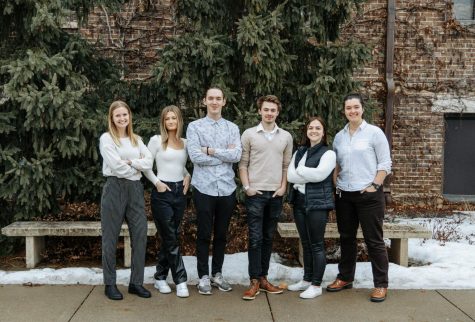Winona State to make changes to support BLM
A protestor holding a Black Lives Matter (BLM) sign at Windom Park, on Tuesday, Sept. 1. A group of people took part in a peaceful protest led by Eileen Hanson. The protest Black Lives Matter supports people of color fighting police brutality. Specific names in context come up including George Floyd, Breonna Taylor, and many more. The motorists passing by expressed support by honking.
September 9, 2020
A Black Lives Matter (BLM) protest occurred half a mile from Winona State University’s campus on Sept. 1 at Windom Park.
The protest was organized by Buffalo City, Wisconsin resident Eileen Hanson.
Several city officials were present for the protest, including mayor Mark Peterson and deputy chief Jay Rasmussen, who was out of uniform.
“I didn’t understand the movement at first,” said Peterson. “But now I understand why people are protesting and I think it’s good.”
Peterson said that the Winona City Council recently voted in favor of hiring three social workers to work closely with the Winona Police Department and be part of ride-alongs.
Many Winona State students and faculty were present at the protest.
“I think the police here try hard but sometimes it’s an uphill battle,” said Ruth Charles, a social work professor at Winona State.
Student Doloken Paye said that he felt as though racism had been “openly accepted under this current [U.S.] president.”
Many people driving past Windom Park expressed their support by signaling “thumbs up” or honking their horns.
However, counter-protestors were also present.
Chuck Thibault, a counter-protestor, said that as a cop-in-training at St. Mary’s University he is against reform that hurts police, but supports peaceful protesting.
The protest lasted more than an hour.
Winona State president Scott Olson said he supports peaceful protests on and off campus.
Olson said he would be surprised if other peaceful protests did not occur on Winona State campus this year, although recognized that COVID-19 would make it complicated.
“Winona and it’s institutions have a tradition of being engaged, being active and being political,” said Olson. “And that’s awesome.”
Political Science and Public Administration chairperson Frederick Lee also said he supported protests.
“I guess if I had to choose between what’s going on now [BLM protests] and the government’s suppressing it, I’ll take what’s going on now,” Lee said.
Lee said he feels there have to be some restrictions on protesting and that “looters,” “white supremacists and others” have undermined much of the BLM movement with violence.
While BLM has been an active movement for a few years, the latest protests started because of the murder of Minneapolis resident George Floyd by police officers. Olson addressed Floyd’s murder and Winona State’s support for BLM in an email sent to all students, faculty and staff of Winona State on June 4.
Olson and Erin Blumentritt, Winona State’s director of marketing, said they felt Winona State “needed to take a stand.”
In the email, Olson stated that Winona State would be creating the George Floyd Memorial Scholarship Fund.
“George Floyd was here; It was Minnesota, it was us,” said Olson.
Associate Vice President of Winona State’s Office of Equity and Inclusivity, Jonathan Locust, said that the scholarship is specifically for students of color.
He said it also works towards the Minnesota state system’s Equity 2030 plan.
Locust said that Equity 2030’s goal is to eliminate equity gaps in education by 2030, specifically for students of color, Federal Pell Grant-eligible individuals and first-generation college students.
Blumentritt said that they wanted to show what actions Winona State would take in the future and what they are already doing.
“You see a lot of messages that are about ‘thoughts and prayers,’” said Olson. “But they don’t own it. So, we do try to say, ‘here’s what we’re going to do’ and ‘here’s how you can help be part of this.’”
The Office of Equity and Inclusivity held several Zoom meetings over the summer to open up the opportunity for students and the community to discuss the murder of George Floyd, their experiences and thoughts on the topic.
Olson and Locust said they have each received few inquiries questioning the George Floyd scholarship and activities the school is doing to support BLM.
“I received a lot of emails supportive of what we did,” Olson said. “But I wouldn’t take the relative lack of pushback as a sign there isn’t any.”
However, it is not just the Winona State President’s office or the Office of Equity and Inclusivity who are taking part in supporting the Black Lives Matter movement.
Darrell Downs, a political science and public administration professor at Winona State, has added new Black Lives Matter topics and textbooks to his courses.
“Thirty years ago, or even twenty years ago, I wouldn’t have used books like these and would have stayed with a more conventional textbook,” Downs said.
Downs said that BLM remains a growing and important theme in his environmental justice courses as well his American politics course.
Locust shared that he has been working with the College of Business on incorporating the BLM movement on defunding the police into its microeconomics classes.
Locust also shared that he has been working with two criminal justice interns on understanding systemic racism, educating students who are going into law enforcement about BLM topics and sharing content on Black history.
“We are talking to faculty at this point about how we can start to infuse these things into the curriculum,” Locust said.
Lee said that there are other schools in the Minnesota state system who require anti-racism courses to graduate.
Lee also said that it would not be a quick or easy task to implement anti-racism courses into the curriculum, but there are already courses on white privilege and race and ethnicity in the department.
“I think clearly some courses come about because of student demand,” said Lee. “If the demand were there, we would certainly respond to it.”
Olson said the faculty senate voted more than a week ago in favor of forming a task force to introduce anti-racist components into the curriculum.
Olson reaffirmed what Lee had said about the task of implementing anti-racism.
“That’ll take a little while,” Olson said. “Curricular redesign has to go through a lot of steps and processes.”
Lee questioned if there would be disagreement among faculty and staff regarding the university making a concrete stance on BLM.
“I think I’m pretty liberal but not everyone in my department is, I’m assuming,” Lee said. “If we say, “we want to send out something as simple as ‘Black Lives Matter,’” someone else might say ‘Well, White Lives Matter’.”
Lee also said that he believes his colleagues are “conscientious” and that most will incorporate material on Black Lives Matter when appropriate.
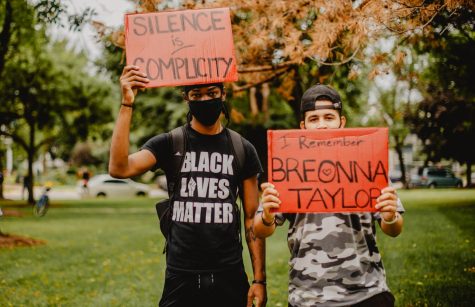
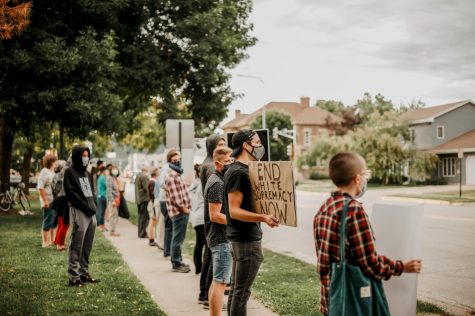
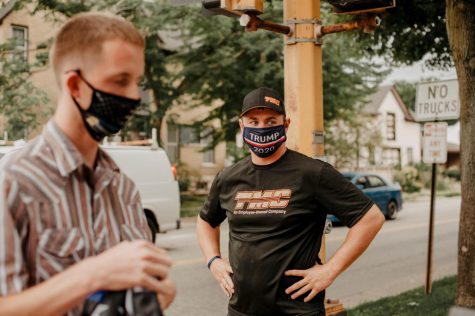
The opinions expressed in this paper are not necessarily those of Winona State University, the Minnesota State Colleges and University system, or the Winona State University student body.























































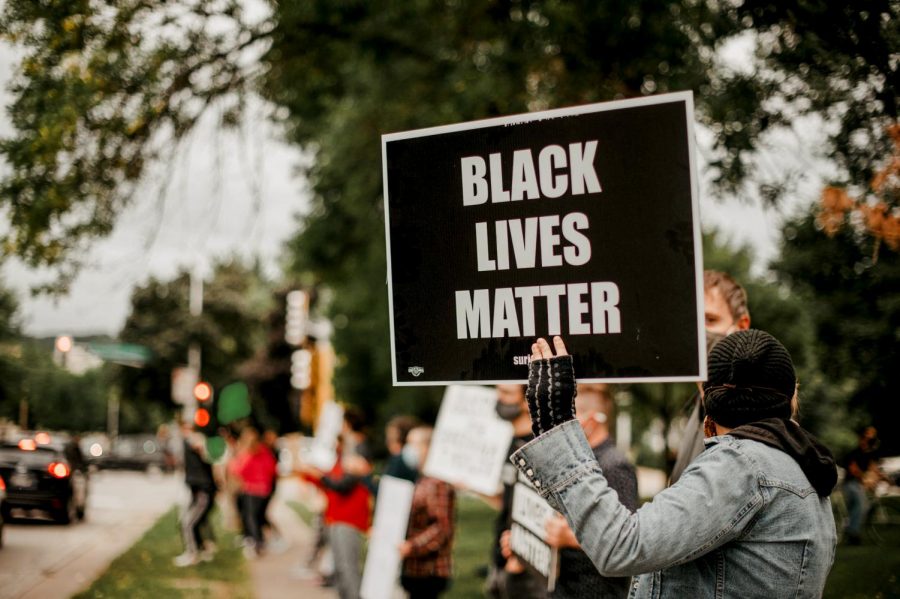
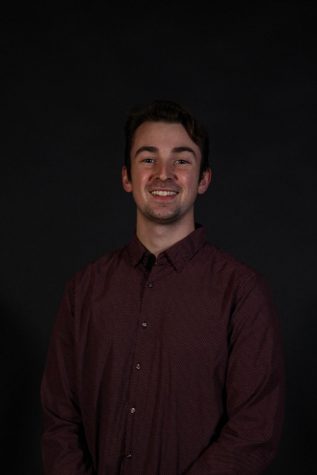
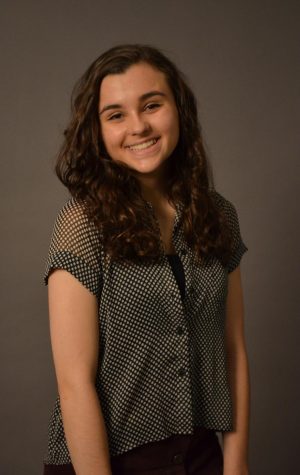






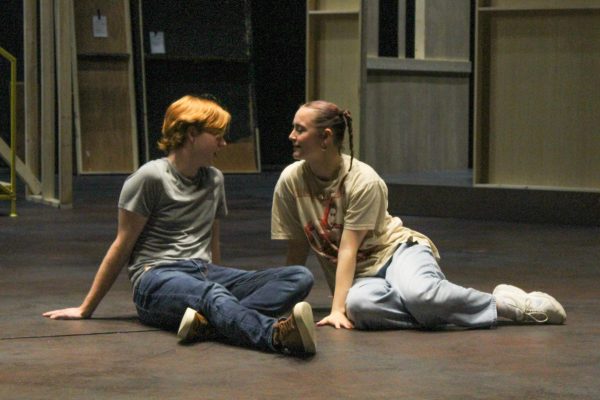

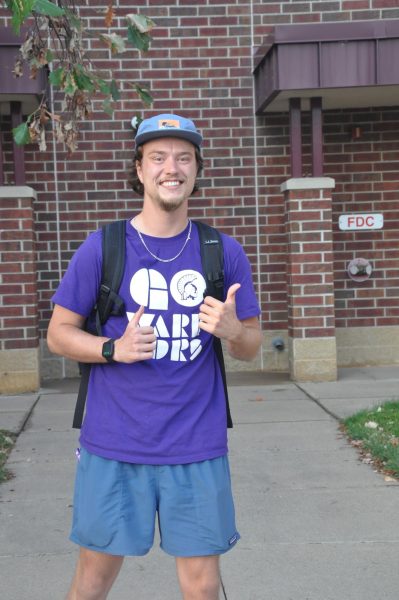
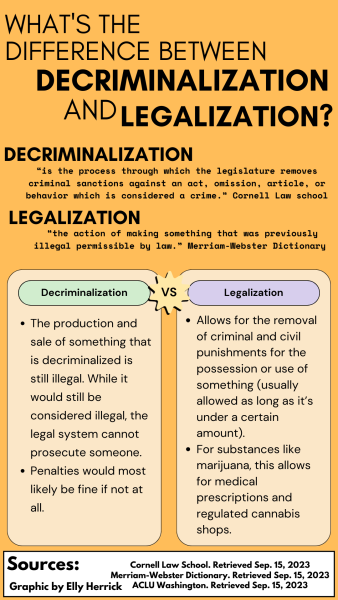
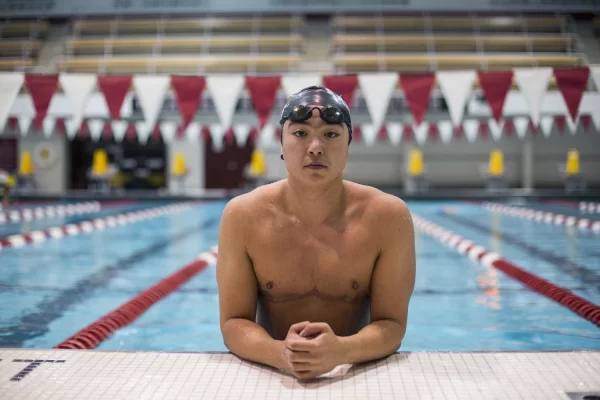
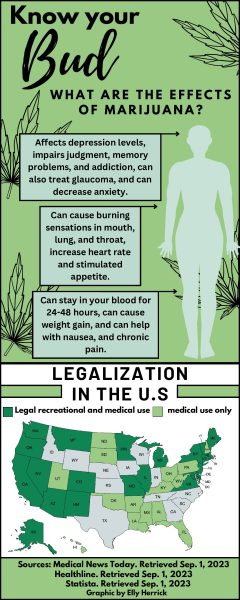
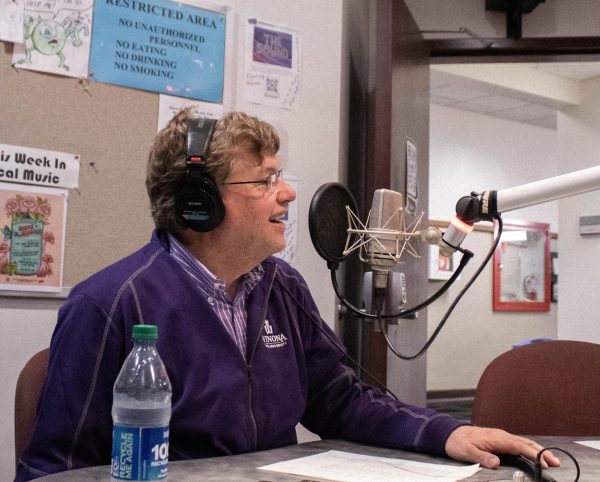
![“[Dr. Berg] you have done an amazing job of building this program and I have always been in awe at your ability to find resources in all sorts of nooks and crannies including your own pocket to bring to campus an amazing women’s history month program,” Dr. Hyamn said.](https://winonan.org/wp-content/uploads/2023/04/52844059083_5f6fb6176d_o-475x344.jpg)
